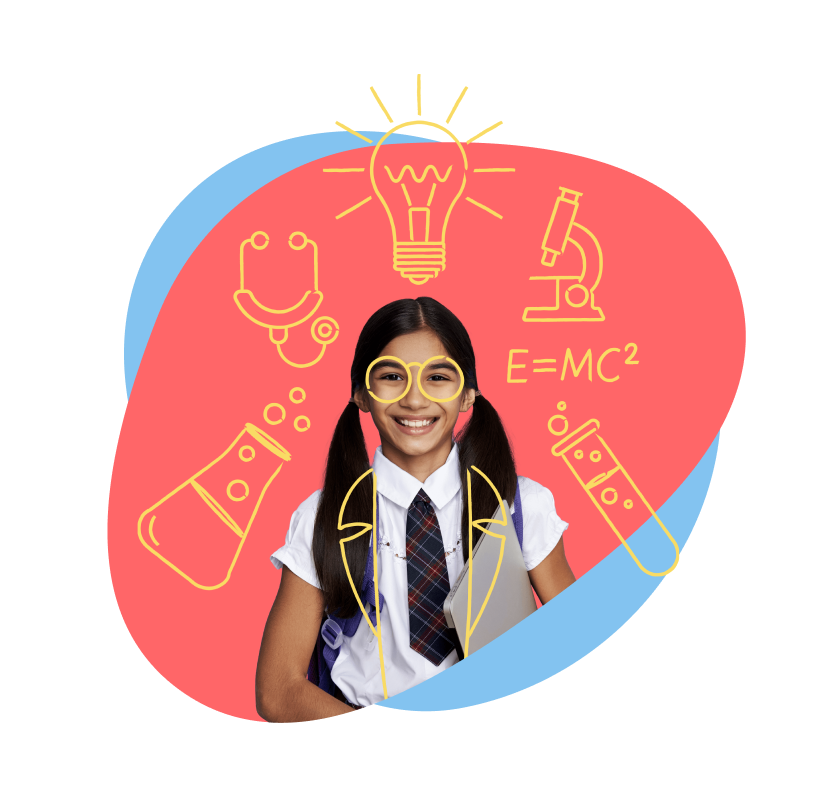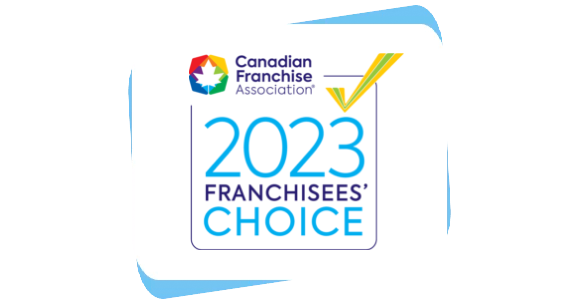Too often, students tend to focus solely on earning that A without setting other academic goals. With all of the attention focused on achieving a good grade, students can neglect to put attention on other areas. No student is too smart to fail! Bright students who have always been successful with their grades may put less effort into overall learning. Setting short-term academic goals is an effective way for students to be successful in the long term. How can students improve their chances of success? Understanding the importance of process vs. product in academics with tangible goals is the solution.
Teachers and parents can help students understand the importance of what they’re learning. Shifting that focus from the end product (A’s) to the process itself (the joy of learning) starts with the following:
Three Key Reasons To Prioritize Process Vs. Product
- Reduces Stress and Anxiety
Stress and anxiety are two of the most common struggles students face in the classroom. In fact, 1 in every 8 children experience anxiety according to the Anxiety and Depression Association of America (ADAA). With so many young children experiencing mental health struggles, their school performance is impacted. A grade-based mindset places overwhelming pressure on students. When they receive a B or an error on an assignment, they believe they’ve failed.
This stress of being an infallible student is causing harm. Process vs. product goal-setting helps combat stress. Stress and anxiety can interfere with learning. They both hinder memory and problem-solving skills. Some of the most effective ways to reduce stress and anxiety include:
- Promoting a sense of support, stability, and belonging
- Making clear, tangible expectations
- Connecting learning to meaningful life situations
- Offering a student choice when it comes to learning
- Offering a number of resubmissions or revisions to an assignment
Set Process Goals
2. Develops Successful Learners
Process goals develop certain habits in a learner for the long-term. Success beyond grades is supported by process-goal setting. Whereas, product goal-setting focuses on deadlines and results. Outcome-based goals are based on success or failure. A process goal outlook allows learners to enjoy learning and become creative. Being less disciplined about the results of an assignment reduces pressure. It also helps learners have an understanding that success is based on growth. Process vs. product support successful, expert learning. With continuous feedback on how they’re doing, students are more encouraged to improve themselves. Feedback allows reflection. Grades are not completely out of this type of goal-setting. In fact, they are a part of the entire process. Shifting the emphasis from the end product to the entire learning process involves:
- Grading a project in certain stages with teacher and peer review and feedback
- Using choice boards to allow students to choose how to demonstrate learning based on individual strengths
- Using formative assessments that emphasize the importance of student’s identifying their strengths and areas of struggle for goal setting
- Listening to student suggestions for classroom ideas
- Involving students in assessing their own progress
Success Beyond Grades Starts With Understanding
3. Identify What’s Important
Allowing learners to identify their end goals allows teachers and parents to know where to begin. Once this happens, assignment can be aligned with measurable learning goals. Construct relevance is based on knowledge, skills and abilities that formative assessments measure. Measuring this helps avoid irrelevant information. Construct-irrelevant factors can be effort or creative based. Focusing on construct-relevant information allows students to achieve success. Adjusting grading to omit construct-irrelevant information can shift the focus back to overall success of the learner. Here are some ways to adjust grading practices:
- Grading Practice: If a project or task would not be graded in-person, it does not then need to be graded online. Marking supports goal setting and if a goal does not feel final, it should be avoided.
- Grading Intangibles: If something cannot be observed, it does not have to be graded. Providing feedback and review on skills such as effort and creativity supports process goal-setting.
- Grading Compliance: Specific deadlines such as due dates or format-based requirements do not represent a learner’s ability. It does not allow them to demonstrate skill or express their understanding. Finding a way to measure success without penalty can be much more effective.
- Assessment Bias: Avoid measuring what supports one’s bias, such as what you view as creative. Grading should be based on observable, tangible evidence.
GradePower Learning’s Online Tutoring keeps children on track to keep their academic progression going. Using screen-sharing technology, GradePower Learning allows young learners to work face-to-face with reputable tutors. Right in the comfort of your own home, our tutors provide real-time feedback, review, and reflection. Connect with a GradePower Learning center today to get your learner started!







